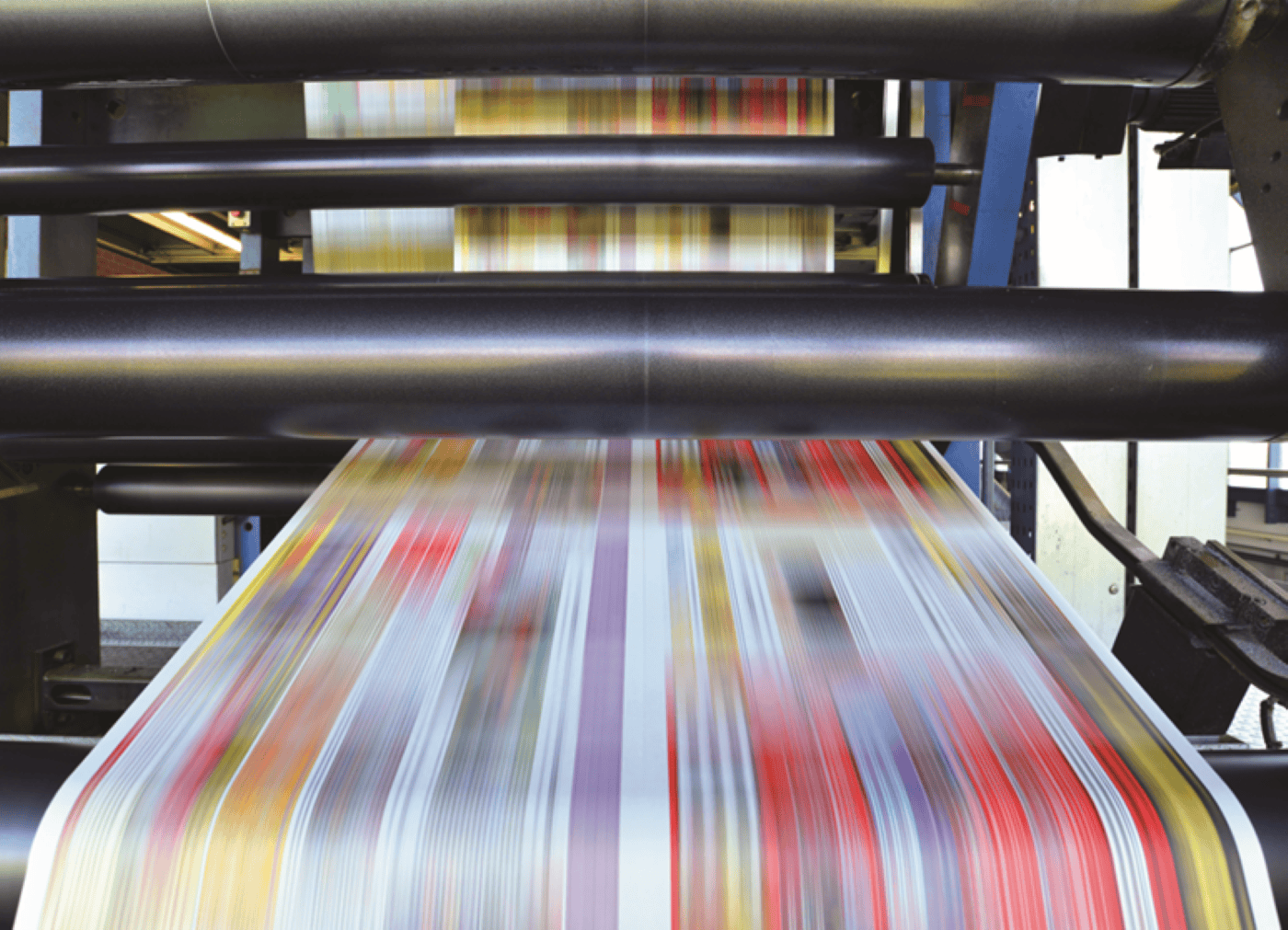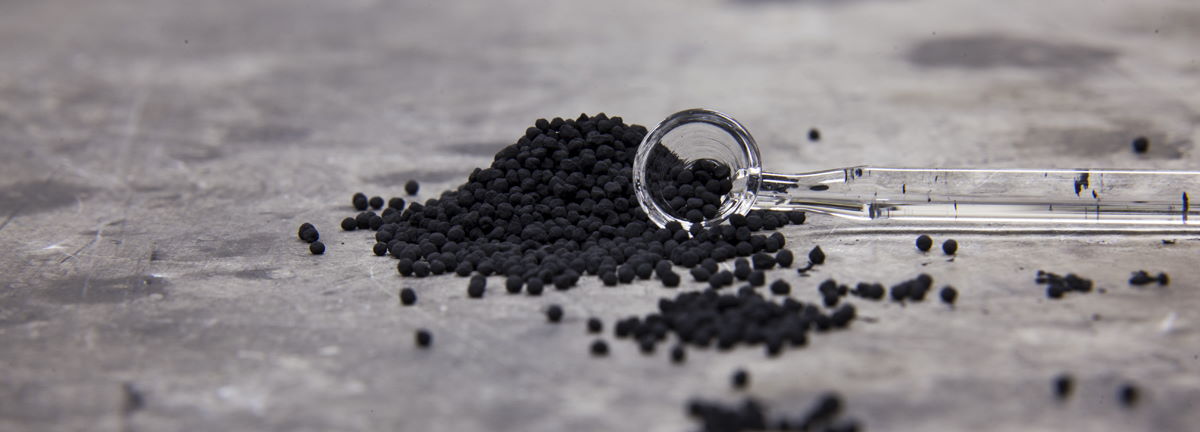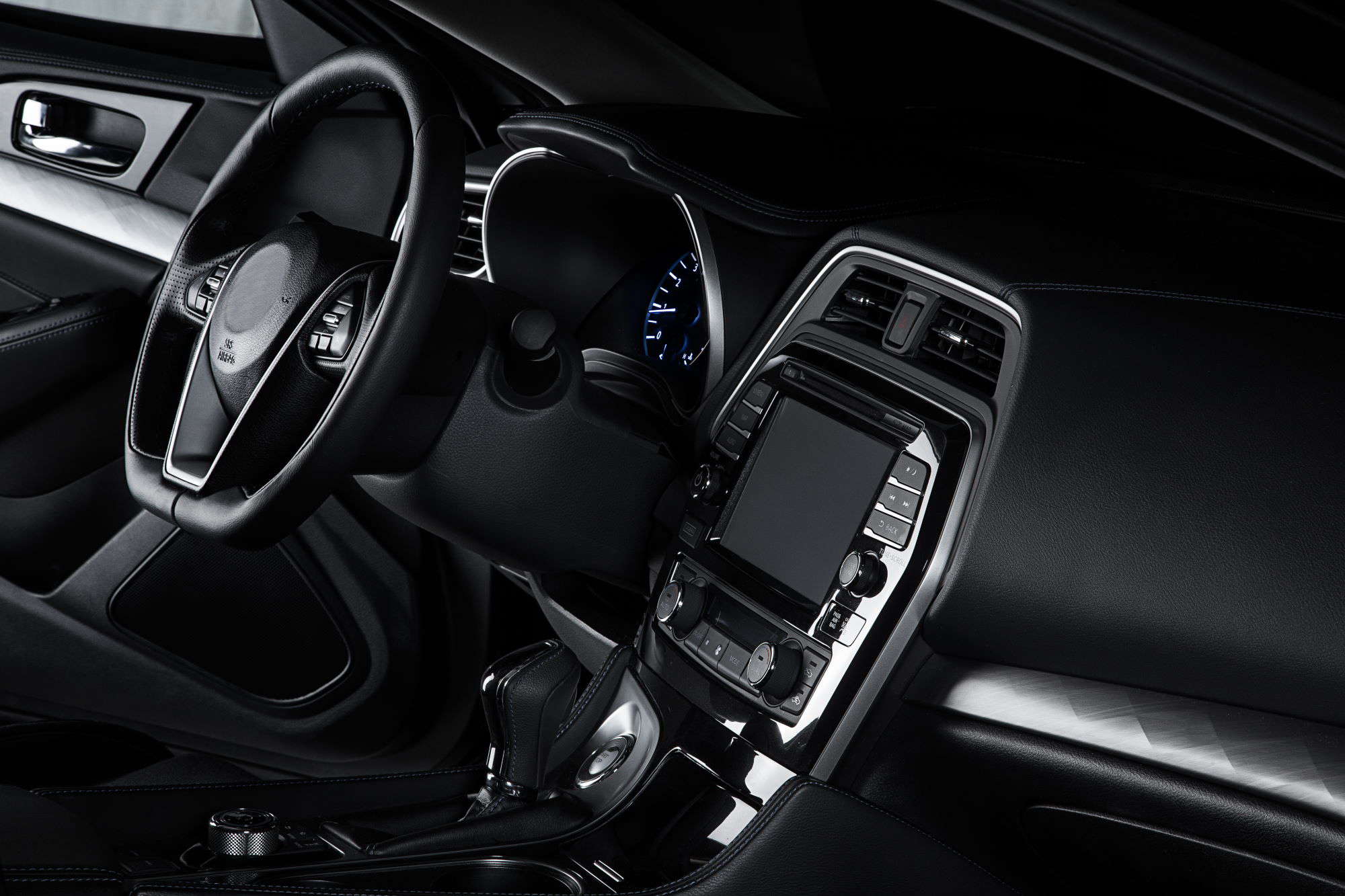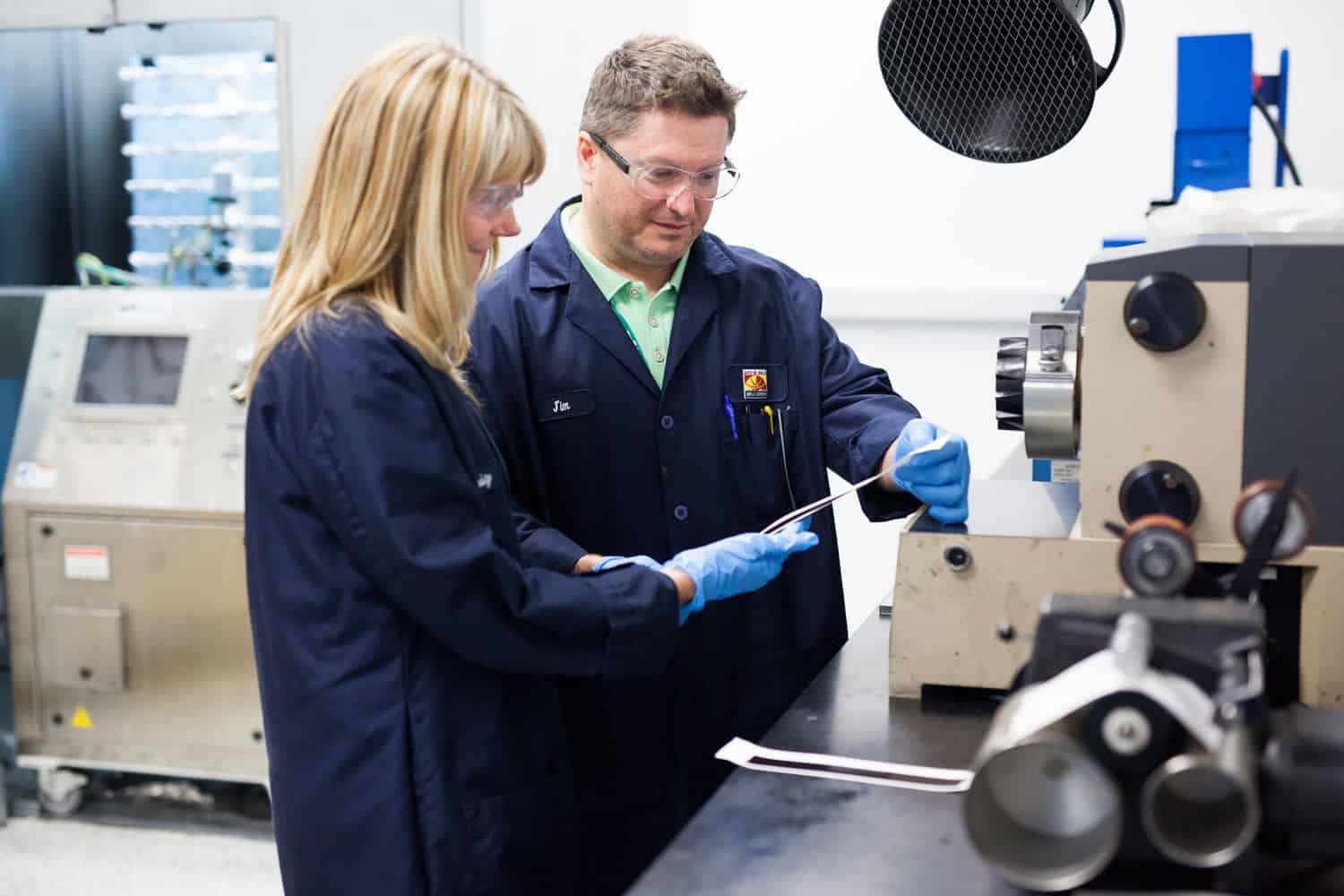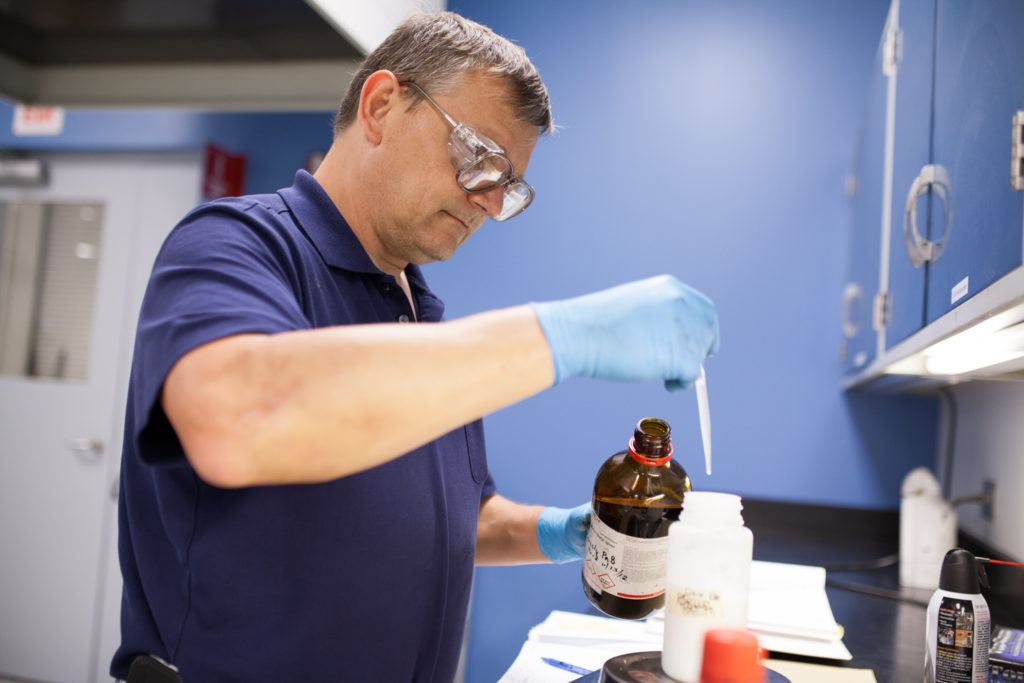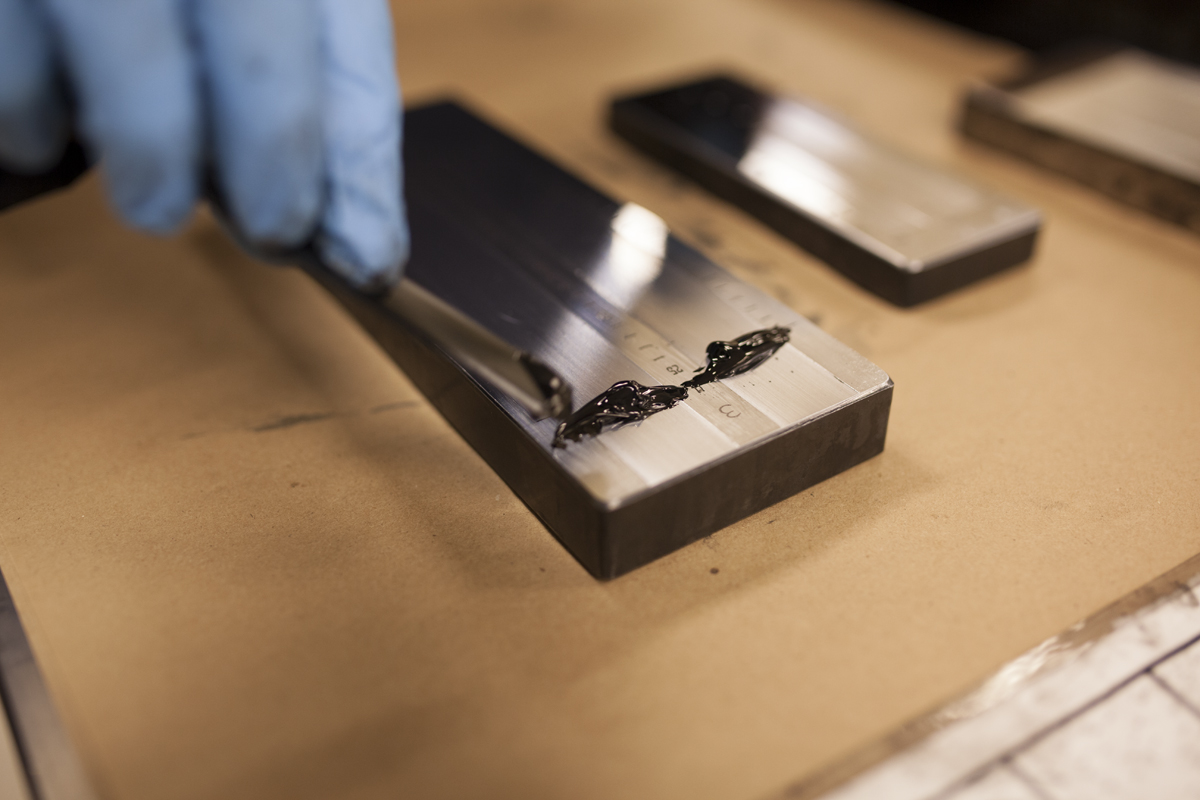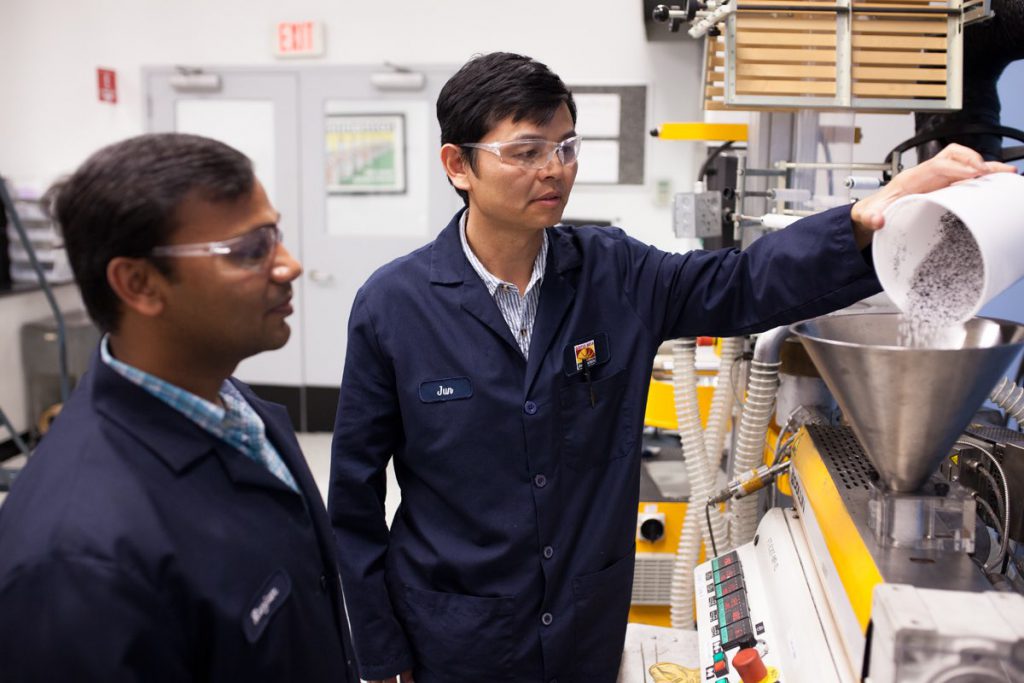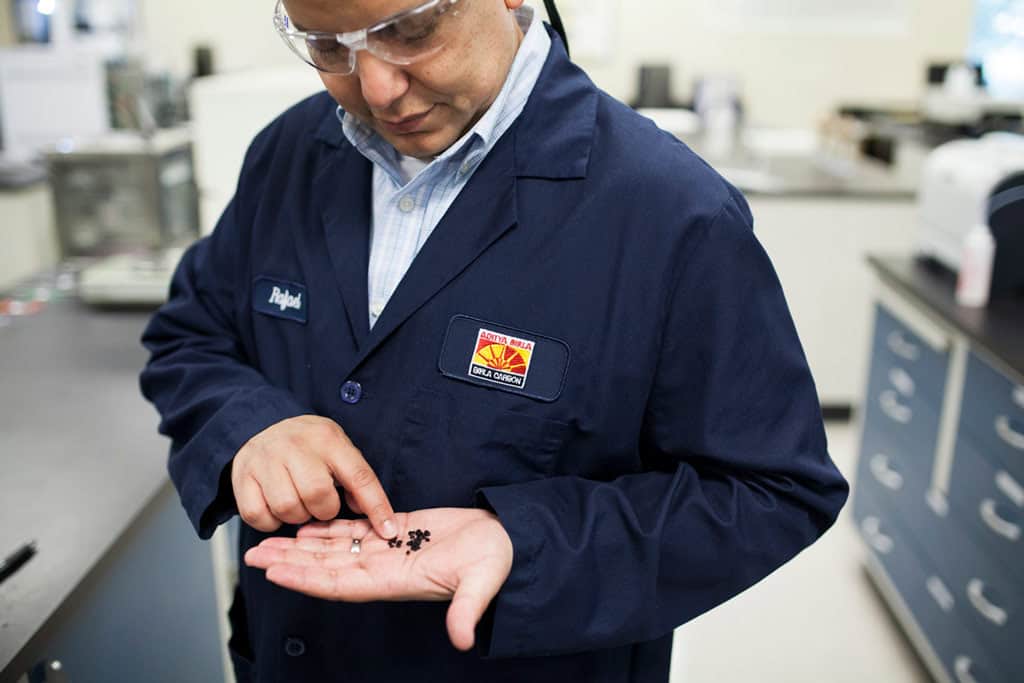THANK YOU
We appreciate your interest in Birla Carbon products and are sending your inquiry to a specialist who will reach out to you directly to address your questions. We will respond to you as soon as possible.
While you wait for a contact, feel free to learn more about Birla Carbon products and their uses in a variety of different industries.
Read Our Latest Birla Carbon Blog Posts
Publication Gravure Ink Performance and the Role of Carbon Black
Carbon blacks are frequently used in publication gravure inks and a specific product needs to be selected to meet the desired performance needs. Balancing the properties of a carbon black will deliver the required colour density, jetness, gloss and rheology. The carbon black portfolio of Birla Carbon has a range of products to meet different jetness and tonal needs.
Maximizing the Fatigue Performance of Rubber Components
Across a vast range of industries, rubber components play safety critical roles in activities every single day. As such, rubber components need to be durable and long lasting. While there are many ways in which a rubber component can fail in service, mechanical fatigue is probably the most common failure mechanism which affects nearly all rubber-based components.
Low Migration Inks for Sensitive Packaging – Birla Carbon Specialty Blacks
Specially engineered carbon blacks can deliver the high level of blackness targeted in many engineering plastics applications. Let's look at the parameters you should consider to realize the full performance benefits with these very special carbon black pigments.
Carbon Black and High Jetness Engineered Plastics – Three Parameters to Consider
Specially engineered carbon blacks can deliver the high level of blackness targeted in many engineering plastics applications. Let's look at the parameters you should consider to realize the full performance benefits with these very special carbon black pigments.
Color Space Definition for High Jetness Automotive Coatings
Defining the targeted color space is an important first step in having meaningful discussions on changes to coatings formulations that will achieve the desired end result. If a customer says they want to be bluer in undertone, then the immediate question becomes bluer compared to what?
Instrumental Measurement of Deep Black Coatings
There are a lot of instruments involved in the measurement of deep black coatings. In this blog post, Dr. Richard Abbott provides insights on what measurements and specifications are used to receive accurate and precise measurements of black objects.
Maximizing Curing of UV Inks and Coatings with Carbon Black
UV-curable inks and coatings are a high growth market for various industries such a printing ink, particularly for food packaging, floor coatings, and 3D printing. These materials offer high gloss, low/zero VOC (volatile organic compound), and many other advantages compared to other liquid chemistries.
Ensure Your Compound Comes Out Right: Seven Common Mistakes to Avoid
Not all carbon blacks are created equal. That means you’ll need to tailor your compounding process, let-down ratio (LDR), drop-in, and other factors around the properties of the particular carbon black you’re using.
Engineering Plastics–Three Ways to Get That Perfect Jetness
Most engineering plastics applications need a certain level of jetness. But that ideal level of jetness depends on a few interrelated factors, all of which are important for getting the jetness just right.




